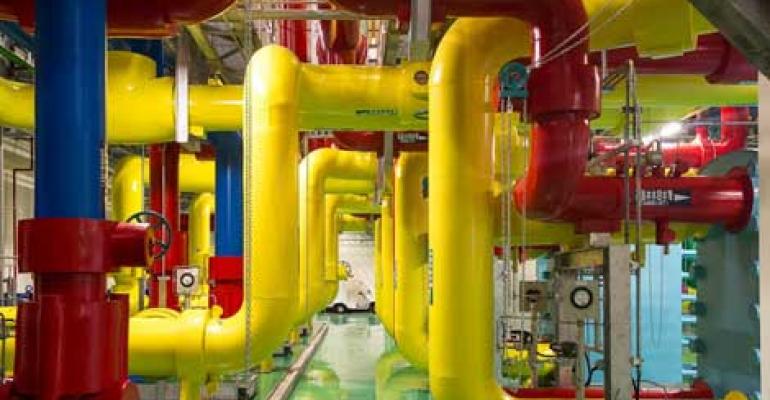Google is planning to invest $100 million to $200 million in expanding its Taiwan data center, according to local press reports that cited a story by Taiwan's Economic Daily News.
This will be the third phase of construction at the Google data center in the Changhua Coastal Industrial Park. It finished Phase I last year, and Phase II is on its way to completion by the end of this year. The latest phase is expected to come online in 2015.
Google has invested about $600 million in the facility outside of the third phase.
Set on 15 hectares of land, the data center came online in 2013. It was one of three facilities the giant announced in September 2011 to boost its infrastructure in the Asia Pacific.
Google continues to invest record amounts in its data center infrastructure. The company says most of its capital investment goes to IT infrastructure, including data enters, servers, and networking equipment.
Google’s data centers are the backbone for everything the company offers, and the amount of money it spends on these facilities has been growing continuously.
In 2011 Google spent $890 million on data centers. That number jumped to $2.5 billion in 2012.
In 2013, the company invested $1.2 billion in its server farms in the first three months of the year alone, followed by $1.6 billion in the second quarter. Here's what Google data center spend in 2013 looked like as far as we know:
- $200 million expansion in Council Bluffs, Iowa
- $390 million to expand facility in Belgium
- $600 million to expand in Berkeley County, South Carolina
- $600 million in Lenoir, North Carolina
- $608 million in Finland
Google also recently disclosed it was planning a data center in the Netherlands.
Taiwan was where Google for the first time used a thermal storage system. These systems reduce costs by allowing companies to run air conditioning systems at night when power rates are cheaper and rely on stored cooling capacity during the day, when the rates go up.
Thermal storage systems typically use ice or liquid coolant that can be chilled and then used in heat exchange systems.
Update 10/8 7:30pm EDT: Google does not comment on rumor or speculation and was unable to confirm or deny reports.





